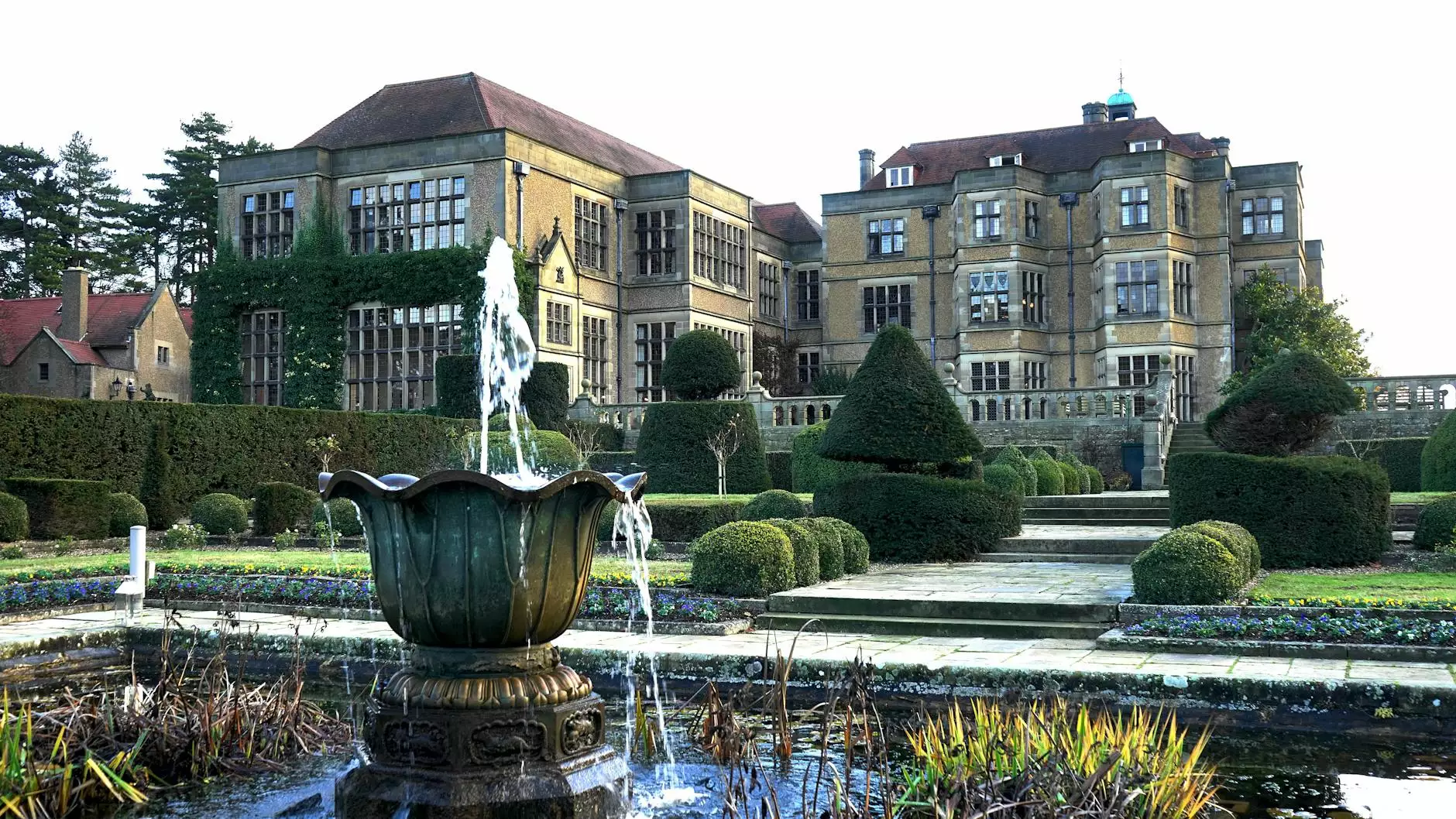The Environmental Impact of Artificial Turf - Exploring the Benefits and Concerns

Introduction
As more homeowners and businesses seek to create beautiful and hassle-free outdoor spaces, the demand for artificial turf has been steadily increasing. Artificial turf offers a low-maintenance alternative to natural grass, providing an evergreen and neatly manicured appearance all year round. However, like any product, it is important to consider the environmental impact of artificial turf, including both its advantages and concerns.
The Advantages of Artificial Turf
1. Water Conservation: One of the primary benefits of artificial turf is its ability to conserve water. In regions with limited water resources or during periods of drought, natural grass requires significant amounts of water to stay healthy and green. On the other hand, artificial turf does not need any watering, reducing overall water consumption and easing the strain on local water supplies.
2. Reduced Chemical Usage: Maintaining natural grass often involves the use of chemical fertilizers, pesticides, and herbicides to ensure its health and appearance. These chemicals can seep into the soil and groundwater, posing a risk to human health and the environment. Artificial turf eliminates the need for such chemicals, making it an environmentally-friendly choice.
3. Lower Carbon Footprint: Natural grass requires regular mowing, which typically involves gas-powered lawn mowers emitting pollutants into the atmosphere. Artificial turf eliminates the need for mowing, reducing carbon emissions and contributing to a cleaner and healthier environment.
4. Durability: Unlike natural grass that can become patchy and worn over time, artificial turf maintains its vibrant appearance for many years. This durability eliminates the need for frequent replacements, reducing waste and minimizing the environmental impact associated with the production and disposal of natural grass.
Concerns Surrounding Artificial Turf
While there are many benefits to using artificial turf, it is essential to address the concerns associated with its environmental impact:
1. Drainage Issues: Proper drainage is crucial to prevent water accumulation on the surface, which can lead to mold and a breeding ground for pests. However, high-quality artificial turf is designed with built-in drainage systems to mitigate this concern.
2. Heat Absorption: Artificial turf can absorb and retain heat, potentially making it uncomfortable to walk on during hot summer days. However, technological advancements have led to the development of artificial turfs with improved heat mitigation properties, minimizing this issue.
3. Disposal Concerns: While artificial turf is long-lasting, there may come a time when it needs to be replaced. Proper disposal methods should be followed to ensure minimal environmental impact. Recycling programs are becoming more widely available, allowing for the recycling of artificial turf materials.
The Importance of Responsible Production and Installation
To mitigate any potential negative environmental impact, it is crucial to choose artificial turf products that are manufactured using sustainable practices. Look for brands that prioritize environmentally friendly materials and production processes. Additionally, proper installation techniques should be followed to ensure effective drainage and long-term performance.
Conclusion
Artificial turf offers numerous environmental advantages, including water conservation, reduced chemical usage, lower carbon footprint, and long-lasting durability. By addressing concerns such as drainage, heat absorption, and responsible disposal, the environmental impact of artificial turf can be further minimized. As with any decision, it is important to weigh the pros and cons and make an informed choice based on your specific needs and circumstances.



